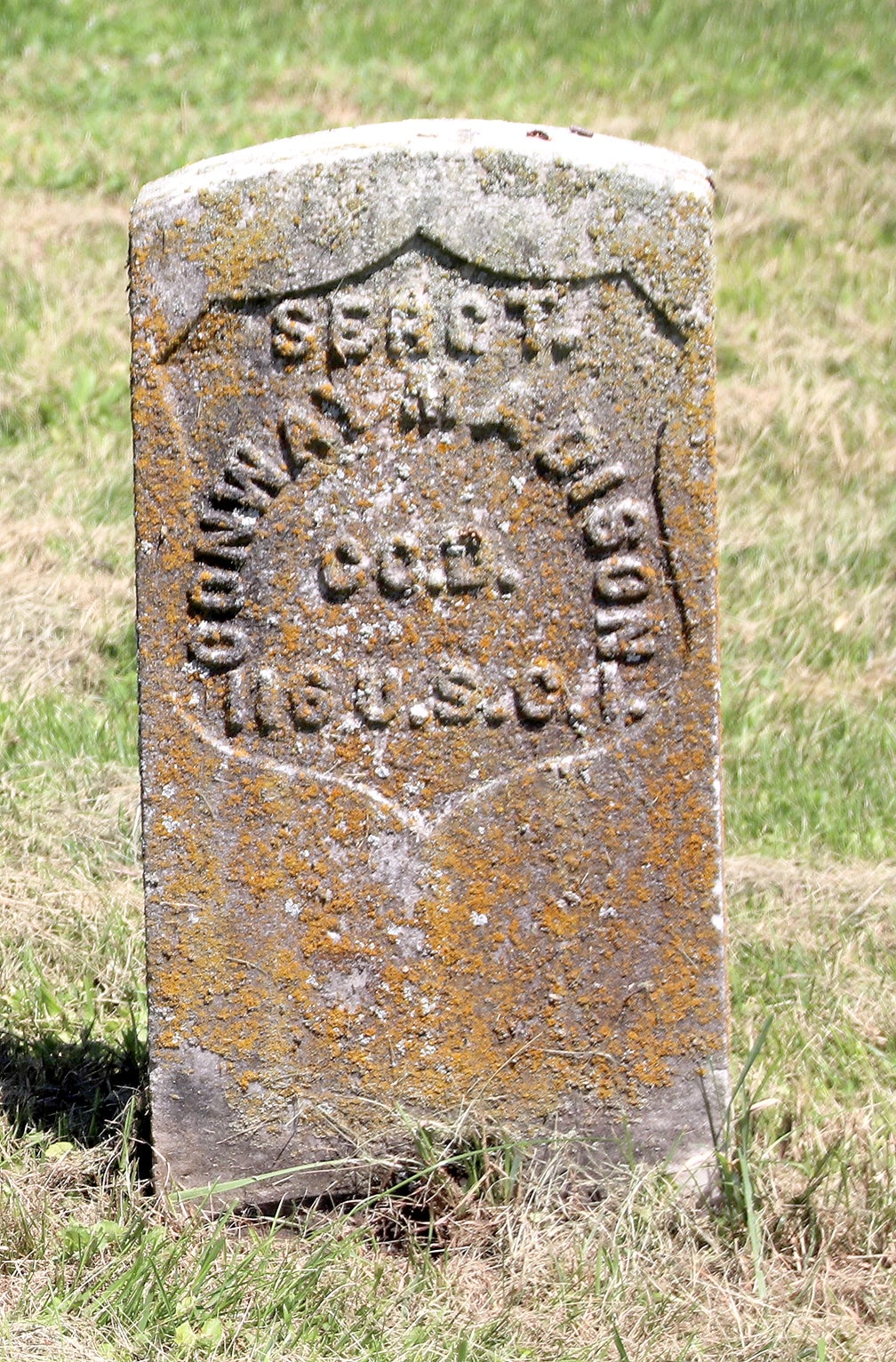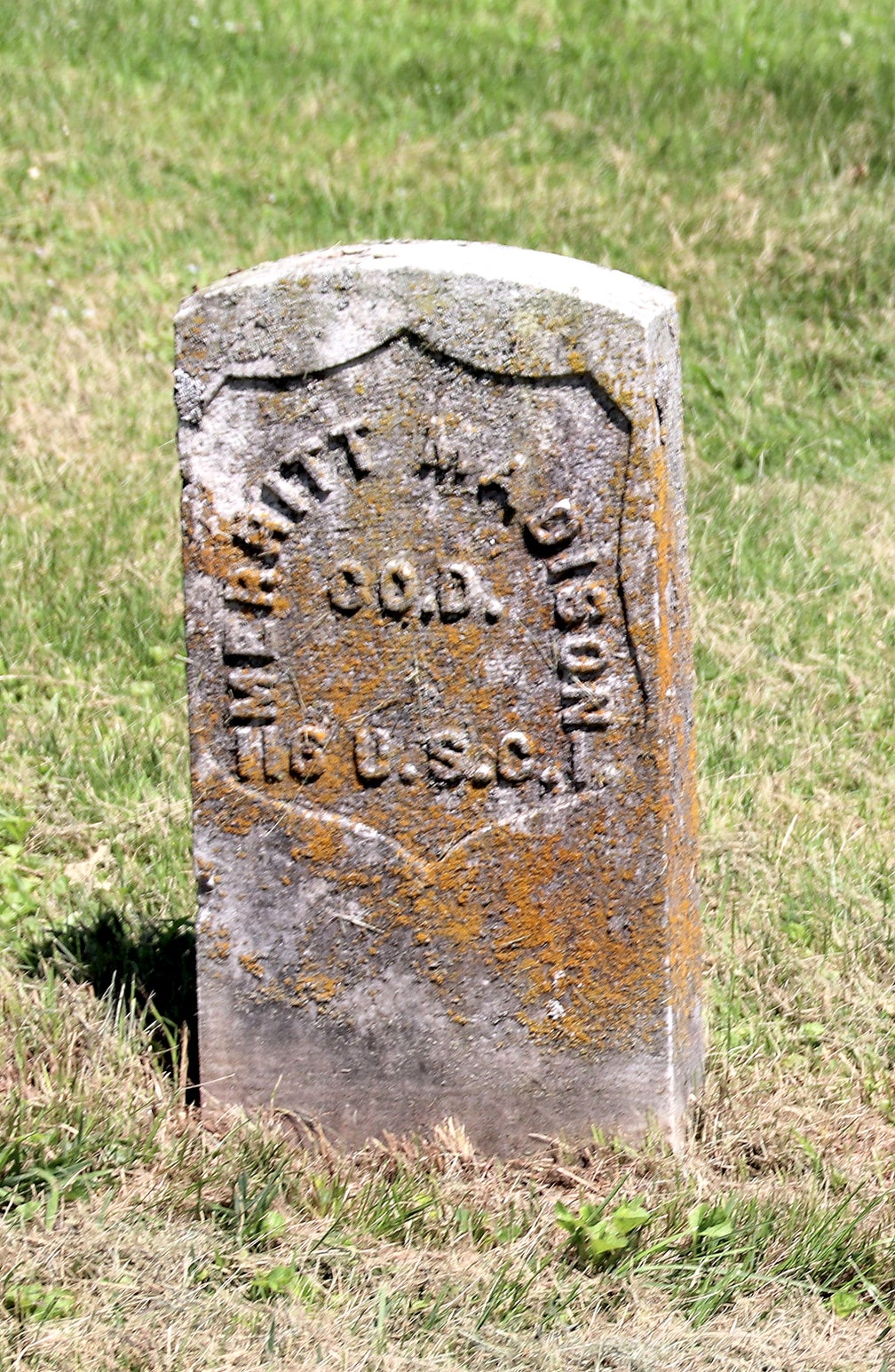By Charles H. Bogart
Common wisdom has it that the only Kentucky Union Regiment/Battery to serve in the Virginia Theater of War during the Civil War was Simmons Battery. This is true if one only counts those units raised in Kentucky by the Commonwealth of Kentucky.
However, this statement is not true if one counts the U.S. Colored Troops (USCT) raised in Kentucky by the federal government. Among the USCT regiments formed in Kentucky was the 116th U.S. Colored Infantry (USCI), which was recruited in Central Kentucky during the spring of 1864 and was accepted into federal service on July 14, 1864, at Camp Nelson. The regiment saw its first action in October 1864 when it was part of the Union force that raided Saltville, Virginia.
Upon returning to Kentucky, the 116th USCI was ordered to Virginia to become part of the Army of the James. In December 1864, the 116th traveled by train and steamboat from Nicholasville, Kentucky, to City Point, Virginia. Upon reaching City Point, the 116th was assigned to the Army of the James XXV Corps, 2nd Division, 1st Brigade. The 1st Brigade, thereafter, consisted of three regiments: 7th USCI, 109th USCI and 116th USCI.
In December 1864, the Army of the James and the Army of the Potomac, both under the command of Gen. Ulysses S. Grant, were engaged in a siege operation directed at Petersburg, Virginia, the gateway to Richmond, Virginia. Defending Petersburg was the Confederate Army of Northern Virginia commanded by Gen. Robert E. Lee.
On April 2, 1865, Union troops penetrated the Confederate defensive works at Petersburg forcing the Army of Northern Virginia to abandon Petersburg and Richmond. Lee led the Army of Northern Virginia westward, hoping to outrun the pursuing Federal Army and turn south to unite his men with Confederate Gen. Joseph E. Johnson’s Army of Tennessee, which was then engaging Gen. William T. Sherman’s Army of Georgia and Army of the Tennessee in North Carolina.
Pursuing the Army of Northern Virginia was the cavalry of Gen. Philip H. Sheridan’s Army of the Shenandoah and the infantry of Gen. Edward O. Ord’s Army of the James and Gen. George C. Meade’s Army of the Potomac. On April 8, 1865, the Army of the Shenandoah 1st Division, Gen. Thomas C. Devin, and 3rd Division, Gen. George A. Custer, reached Appomattox Courthouse, Virginia, with its Confederate supply trains and cut the Army of Northern Virginia’s path of retreat.
Lee, to open his army’s escape route, formed his troops into line of battle and attacked Devin and Custer’s cavalrymen. The Confederates were slowly prying the Army of Shenandoah’s soldiers from its path of retreat when the Army of the James XXV Corps arrived on the battlefield and stiffened the Union line. Among the Union soldiers barring the escape route of the Army of Northern Virginia were six XXV Corps USCT regiments 8th USCI, 29th USCI, 31st USCI, 41st USCI, 45th USCI and 116th USCI.
As the Army of the James XXV Corps’ battle line moved forward to engage the Army of Northern Virginia, the three USCT regiments of Col. William W. Woodward’s Brigade were positioned in the left half of the battle line. The 116th USCI formed the right flank of Woodward’s Brigade and dressed on the 23rd Illinois Infantry Regiment.
To the left of the 116th USCI was the 29th USCI, while to their left, was the 31st USCI. In battle array to the left of the 31st USCI was the 8th Maine Infantry Regiment. The other three USCT regiments were positioned behind the main battle line as XXV Corps reserve troops.
As the Army of Northern Virginia saw the Army of the James moving upon them, they stopped their advance and pulled back to their original jumping off point. Lee, upon being advised that his route of escape was blocked by Union infantry, entered into negotiations with Grant to surrender the Army of Northern Virginia.
This surrender took place on April 9, 1865, in the McLean House at Appomattox Courthouse. An unidentified member of the 116th USCI, upon being told Lee had surrendered, is reported to have uttered, “When dee rebels seed dee USCI cumin, dey knowed dey got to gib up.”
The 116th USCI, upon the surrender of the Army of Northern Virginia, found itself marching to City Point to be loaded upon ships to sail to Texas to take up station along the Rio Grande River. At this time, Mexico was fighting a war with France. The concentration of U.S. Army troops on the Mexican border was to show support to the Mexican cause. Upon France pulling out of Mexico, the 116th USCI returned to Kentucky and was mustered out of service in Louisville on Jan. 17, 1867.
Three Frankfort citizens who served in the 116th USCI are buried in the Greenhill Cemetery, which is located at the intersection of Main Street and Versailles Road. These three men are Isaac Frank, Company F; Merritt Madison, Company D; and Sgt. Conway Madison, Company D.
Frank joined the 116th on June 2, 1864, at Camp Nelson. Merritt Madison and Conway Madison signed up with the 116th on July 5, 1864, in Lexington. Conway was later promoted to Corporal on March 1, 1865, and to Sergeant on Feb. 1, 1866.
Their gravestones lie near the USCT memorial that graces the northeast corner of the cemetery.
The Capital City Museum, 325 Ann St., has very little information on those citizens of Frankfort who served in the USCT (infantry, cavalry and heavy artillery) and would welcome any information or materials on these men.












